Destiny
Celtic Embodiment is all about Destiny.
The school’s logo symbolises this.
It is inspired by the mystical mayfly.
A mayfly will spend up to two years as an underwater nymph, apprenticing itself to birth. When it hatches, it lives for a fleeting moment in the chasm of time. A few hours to a day. Its sole purpose when alive is to pass on its genes and fulfil its destiny.
This is reflected in Irish mythology.
One such story is of Étaín who, in a fit of jealousy, is transformed by the druidess Fúamnach into a purple fly. Étaín is blown in wretchedness around Ireland until she lands depleted on the roof beam of a king’s banquet in the royal house of Ulster. Shattered, she falls off the beam and into a goblet in the hand of the Queen, who swallows the fly along with the liquid. Nine months later, the Queen gives birth to a daughter whom she calls Étaín. 1,112 years have passed since Étaín’s initial incarnation.
And so, a whole new life of remembering ensues for Étaín.
A remembering of who she truly is.
And who she is called to be.
This is her destiny. What will yours BE?
Meet JEn
Fáilte mo Dheirfiúr, Welcome Sister,
I’m Jen, an award-winning Feminine Embodiment Coach, Celtic Mythologist & Anthropologist from Ireland.
The inspiration for the Celtic School of Embodiment comes from my grandmother, Frances O’Sullivan. Frances grew up in Pimlico in inner-city Dublin. Her father was a cooper in the Guinness Brewery, as Dublin as can be. And like ‘The Rare Auld Times’, a ballad she loved, Frances was “raised on songs and stories”, coming from a line of women storytellers on her mother’s side.
Frances’s own life story was one with dark chapters no one would wish to open. She lost her soulmate, Christy, in 1960 on Christmas week, the same week her sister Noelle died in childbirth and her beloved baby with her.
Left with seven small children to rear, Frances used stories as a disrupter to infuse mystery into the mundane. My mother has fond memories of children coming in off the street and sitting round the fire as Frances would regale terrifying tales of banshees, púca spirits and changeling fairies. She would go on to do the same for me and my friends.
This fuelled my fascination with Irish myth and folklore and led to a degree in Medieval Irish & Celtic Studies. I married these teachings with a curiosity about other cultures and pursued my career as an anthropologist, working for 14 years in global citizenship education.
I specialised in critical pedagogy, empowering students to critique the structures of power and oppression at play in their own learning experiences. Structures like patriarchy (as a system not a gender), which stole womens’ stories and told others on our behalf.
New stories designed to lull us into a spellbound slumber. To switch off our intuition, our greatest source of power. To erode our wisdom as community leaders, and ridicule our voices as fickle so we won’t be heard. To lock us in the domestic sphere where our bodies can be controlled. Where we remain unseen, forced to give away our power to feel economically safe.
Stories that severed women from one another.
A few years before Frances passed, she was asked to feature in a history book about women. Her life was fascinating; her youth was radical for her time. She agreed but, after telling her story, decided she could no longer share it. Fear tapped her on the shoulder and whispered, “NO”. Fear that I now see as patriarchy robbing her of her story.
Enough.
Frances’s spirit lives on in me.
I am here to honour her legacy and to create my own for my two wondrous sons.
It's time we go back through herstory, way back to the regenerative source of the Great Mother.
To reclaim the stories of feminine Celtic archetypes and weave their voices through the threads of time. To hear their wisdom speak, as we create new stories.
Stories where we become the feminine leaders we were born to be.
Like Étaín, it’s time we remember.
Time we remember who we are.
“These places of possibility within ourselves are dark because they are ancient and hidden; they have survived and grown strong through that darkness. Within these deep places, each one of us holds an incredible reserve of creativity and power, of unexamined and unrecorded emotion and feeling. The woman’s place of power within each of us is neither white nor surface; it is dark, it is ancient, and it is deep.”
-Audre Lorde, Sister Outsider
A Note on ‘Celtic’
The concept of ‘Celtic’ is not native to Ireland. It derives from the Greek Keltoi and Roman Celtae used by ‘classical’ commentators to describe peoples who inhabited ‘Gaul’ (Latin Galli or French Gaulois) now modern-day France, Luxembourg, Belgium, Switzerland, and parts of Northern Italy, the Netherlands, and Germany. A chunk of north-western Europe. Originally it was believed that these peoples travelled west to inhabit the British Isles and Ireland. New DNA evidence combined with the field of philology (the study of language in oral and written historical sources) now challenges this hypothesis. Linguistically, there is an Indo-European family of ‘Celtic’ languages. We have the Gaelic languages; Irish (Gaeilge), Manx (Gaelg) and Scottish (Gàidhlig), and the Brythonic languages; Welsh (Cymraeg), Cornish (Kernowek) and Breton (Brezhoneg).
Celtic has become so entangled with the identities of these diverse (internally as well as in relation to one another) nations that it is difficult to separate the term from our mythologies. I use the word ‘Celtic’ in my work with an awareness of its inadequacies whilst also acknowledging that I have a qualification in the academic field of ‘Celtic Studies’.





